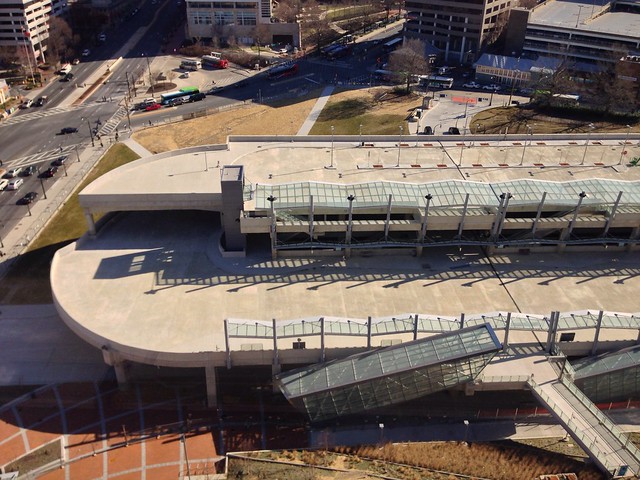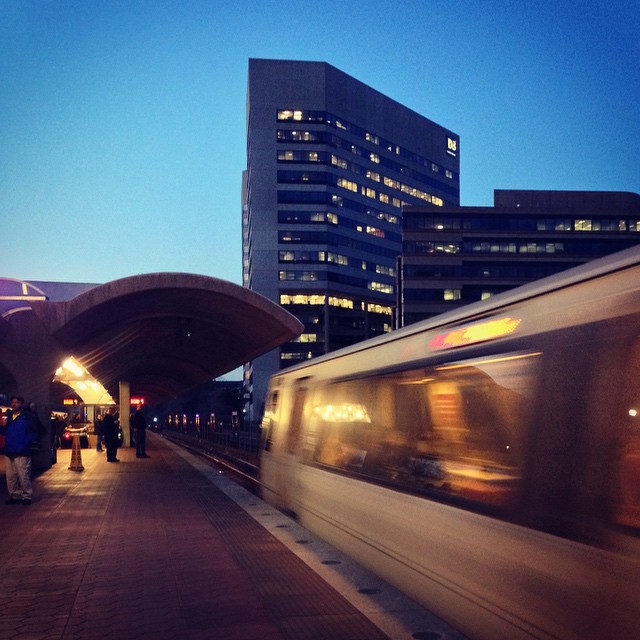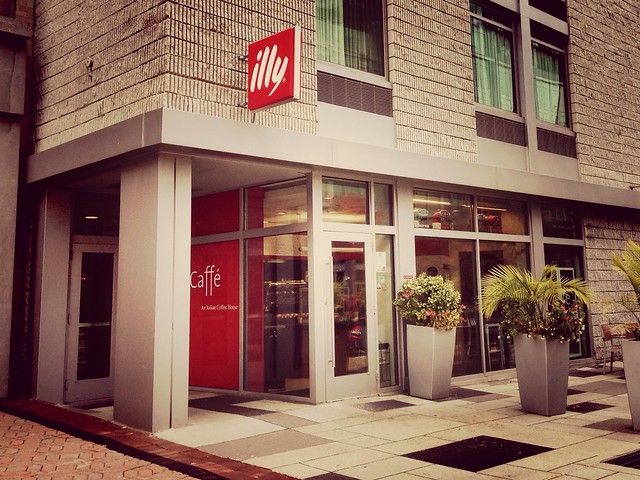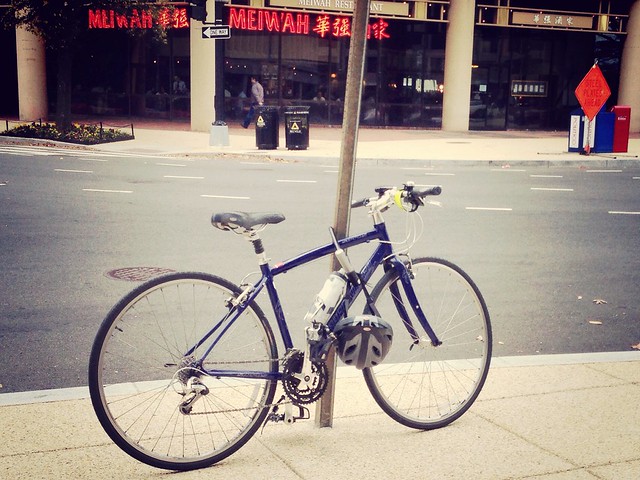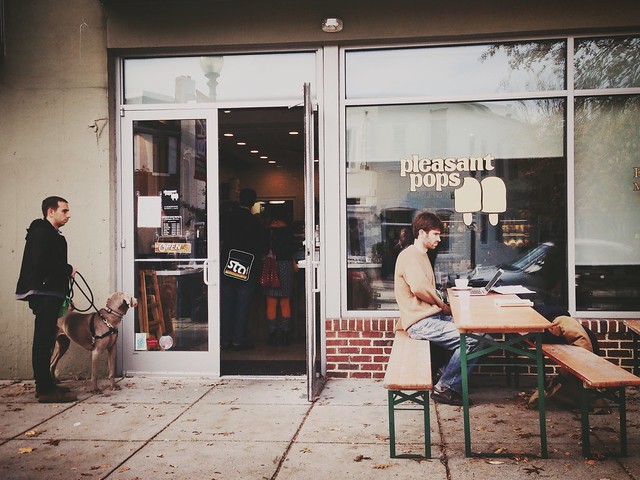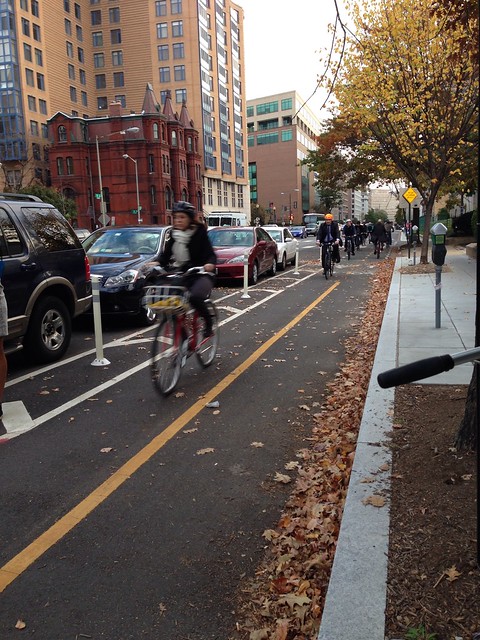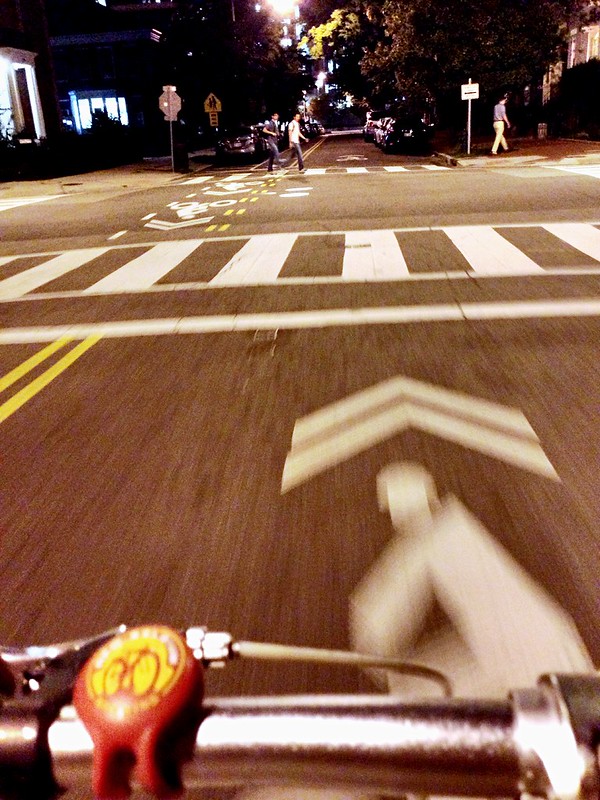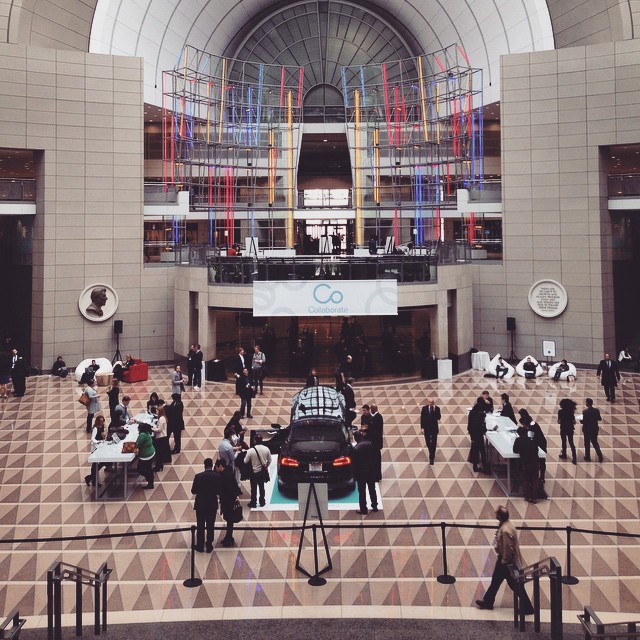
Culture eats strategy for breakfast.
– Peter Drucker
Dr. David Bray, Chief Information Officer, Federal Communications Commission, mentioned this quote in “Innovate or Die,” a panel discussion on governmental innovation at Collaborate. His point was the leaders must do more than just develop a grand vision for their organization – they must build an innovative culture if it is to survive. That means encouraging mistakes, providing support for risk-takers and fostering a belief that innovation is everyone’s job.
Collaborate was billed as “Where Innovators in Entrepreneurship, Government, and Technology Converge.” It was two days filled with keynote speakers, panel discussions and workshops at the Ronald Reagan Center in Washington, DC. These events always remind me of SXSW – there’s weird furniture, space-trip lounge music and freebies galore. But what’s great about this free exchange of ideas is the sense of optimism that, yes, we can change everything, even the federal government.
However, the debacles of the past few years, from the Iraq war to Obamacare, has revealed that government is broken. It just doesn’t do things very well anymore. Why?
It comes down to culture. The panelists at “Innovate or Die” all had great ideas, some of which they’d been able to implement in their agencies. But it’s been a long slog.
The reason for the resistance is that there’s no “or die” part of the equation. There’s no “or anything” for governmental innovation. “Innovate or Be Mildly Embarrassed” would be a more accurate panel description. That the FCC has streamlined paperwork is wonderful – but other government agencies haven’t, without punishment. No one dies. No one is punished. In fact, Obamacare website developer CGI Federal, “the poster child for government failure” was just awarded a new contract by the IRS.
Who’s on the other end of the “or die” end of the equation? You and me, as the recent Metro fire demonstrates. Their organizational culture expresses nothing but contempt for passengers. Our safety comes second to the jobs program that is the Washington Metropolitan Area Transit Authority.
I’m a cog in the vast federal bureaucracy, a contractor tasked with helping the feds out with communication. I recently had to obtain approval for an all-hands message. This meant printing out the message, putting it in a red folder (no other color, please), printing a routing slip and then walking the folder around from office to office to get senior execs to read the memo and initial it. Nothing about this 19th Century process struck anyone as unusual or exceptional. That’s the power of culture.
How do you change culture? “Forced retirement” is the answer you hear from a lot of younger feds. They’d love to see a lot of their older coworkers out the door. And I think they’re right.
But it’s also changing the incentive structure. If you want government to be innovative and responsive to citizen needs, then you need to reward and encourage innovators. That means money, promotions and accolades. It also means that we, the people, need to demand governmental reform. You get the culture you encourage. If you want innovation, reward it.
